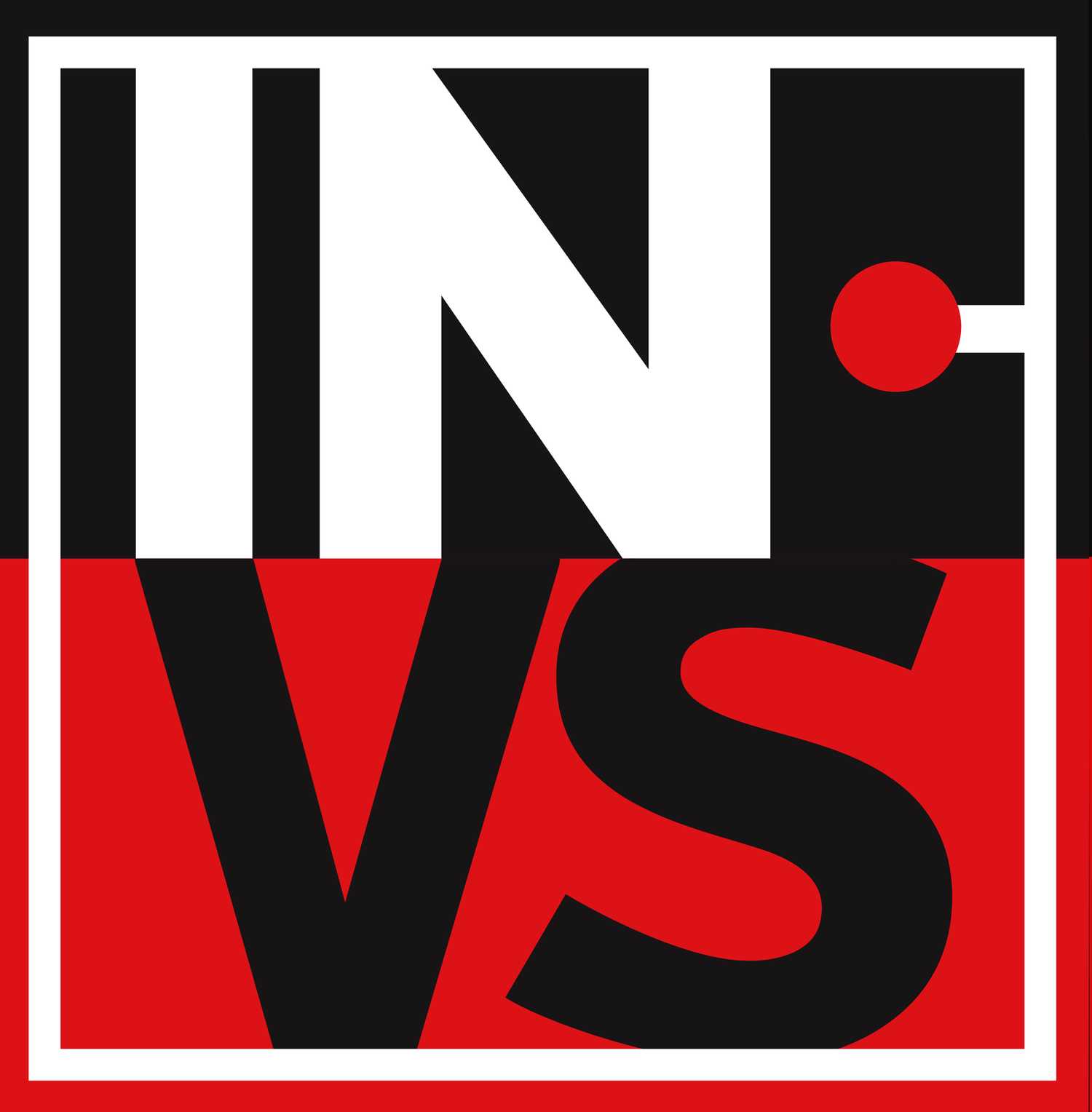
Feature Article:
Free Your Mind: The Positive Aspect of Negative Space
Image Source: DALL•E 3 (created with custom AI Generative prompts)
by Bill Nottingham (4 min read)
Do you ever get the feeling that your to-do list is too long? It can get overwhelming, and prioritizing can be challenging, especially in a world of digital distractions. Author Daniel Pink has a philosophy, the Two Minute Rule, and he says, “If you have something that you can do in less than two minutes, don’t write it down and certainly don’t keep it in your head. Instead, do it right away. Because it extinguishes the small things in your head and frees up your brain to focus on the big things.”
But then how do we solve big and complex challenges? I’ve found that when you’ve hit a theoretical brick wall, just step away. Try going for a drive. Put on some great music or roll down the window in silence and take the scenic route. I’ve come up with the best solutions and even inventions while taking a drive. It’s my personal life hack. Whatever you do, find an activity that gives your mind a break.
Parking Lot
If you have ever been in a business brainstorming session, you’ve probably heard of the term Parking Lot. This refers to a separate whiteboard that is intended to be a placeholder for off-topic ideas that are important to keep in mind. I like to operate with the parking lot methodology daily in business and my personal life. With my phone, I have a series of digital notes and reminder lists for this very reason. Throughout the day, I will either hear someone say something interesting or ideas will reveal themselves to me. The best way to capture them is to write each one down immediately. You can even set a digital reminder to revisit later when you have more time.
Do Something Boring
Being bored can open your mind and set up that ah-ha moment, as explained by Manoush Zomorodi during her TED Talk, “How Boredom Can Lead to Your Most Brilliant Ideas.” I personally find that when I’m doing a “boring” or essential task like the dishes, all of a sudden something will trigger in my mind to solve one of those nagging challenges. These days, we tend to have our phones close throughout the day, and it’s easy to be drawn into email or social media — the distractions are countless.
But, when you are doing a manual task, you can’t do anything else. This can give your mind a chance to relax. There was a study in the scientific journal PNAS that found increased alpha waves of brain activity from restful states can be directly connected to idea generation. The heterogeneity of our thought variation with unrelated tasks and freely moving thoughts is very strong for creative processes.
Timing Is Everything
Solving big issues or inventing new solutions cannot be simply produced or developed as you would order a product on Amazon, selecting overnight or two-day shipping. When you are trying to solve a challenging issue, allow yourself time to prepare, collaborate with others, and most of all, step away.
In the symphony of productivity, consider what Mozart said: “The pauses or spaces between the notes are just as crucial as the notes themselves.” As you navigate your to-do list and confront challenges, weave moments of productive procrastination into your routine, allowing your mind the space it needs to flourish
The article was originally published by Smart Business. Read original article here.

Mashups Create Ah-Ha! Moments
Have you heard the term 1+1=3? A collaboration between two or more people creates an outcome that is greater than what would be achieved through solitary actions. During my time as an industrial design major, a CIA professor taught us a trick where he drew two parallel lines and asked, “How many lines are there?”

Strategies for Overcoming Distraction & Staying Focused
After a few years of continuous use, I ditched my smartwatch and went back to an analog timepiece. There was nothing wrong with the wearable; it worked well—maybe too well. I realized that it roughly doubled the amount of distraction already provided by my phone. And too often, distraction contributes to stress, which makes us more easily distracted.




